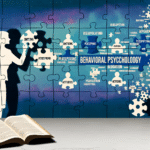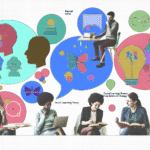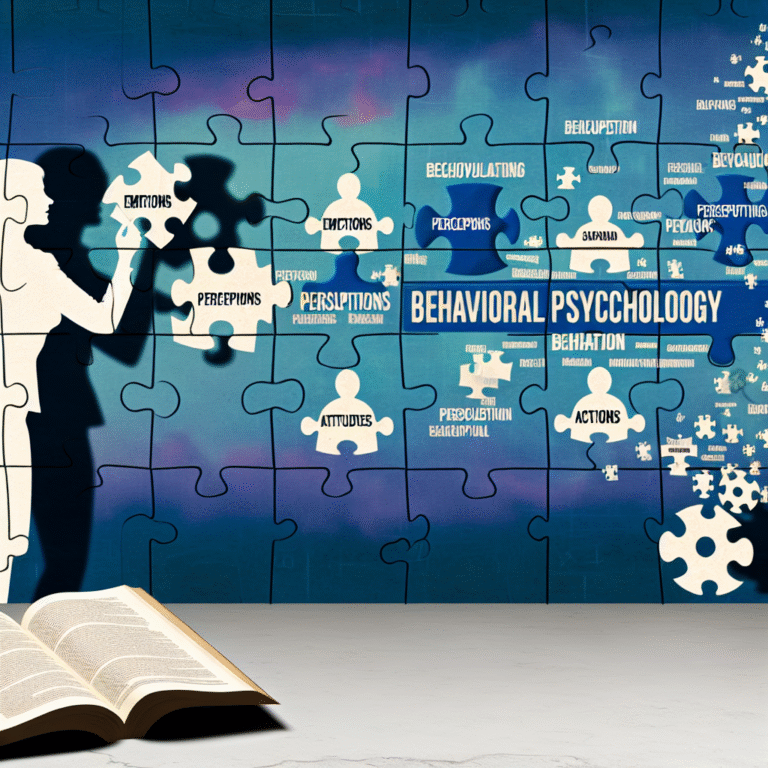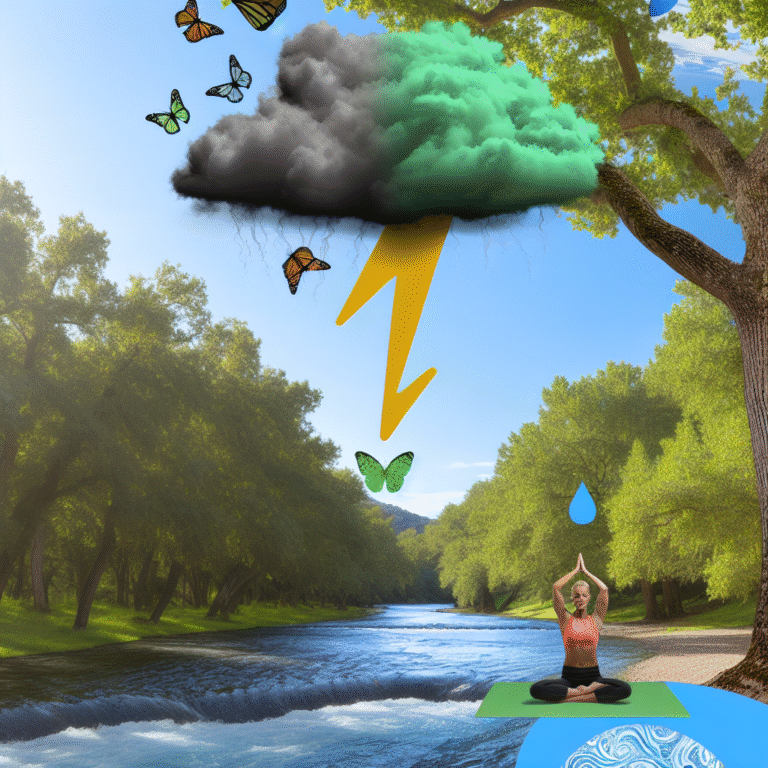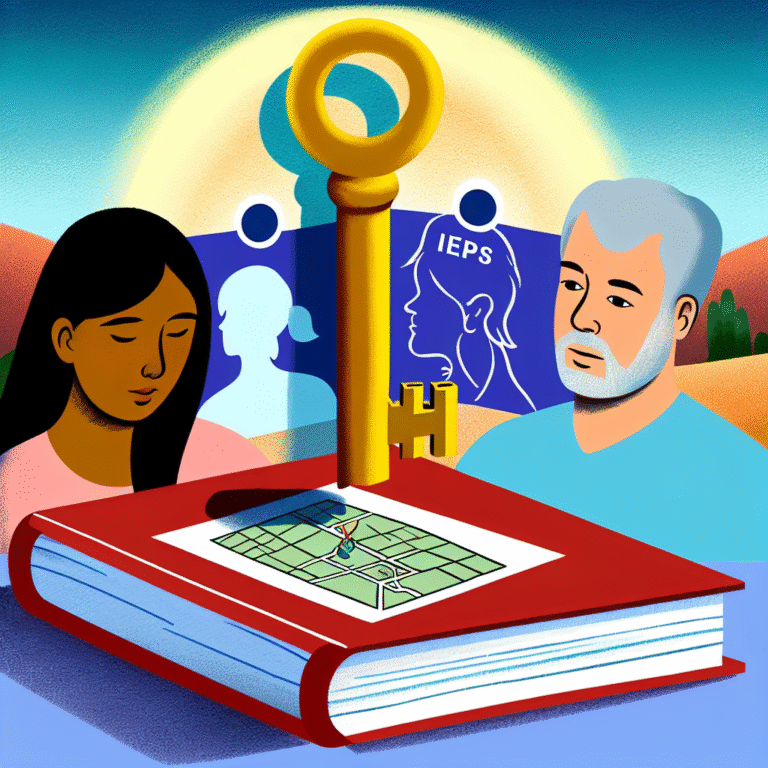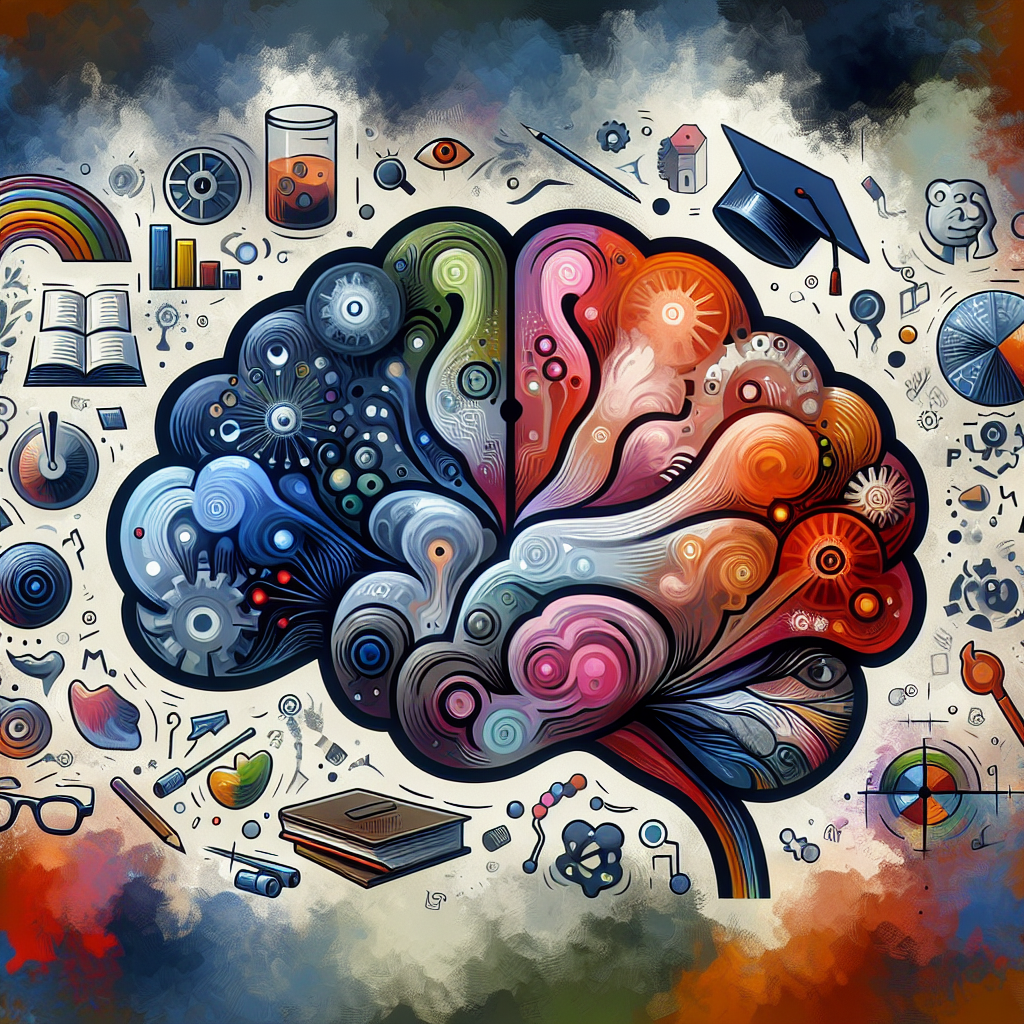
Unlocking the Power of Change: Exploring the Intersection of Behavior and Learning – A Psychological Exploration
Introduction
In a world that is constantly evolving, understanding the intricate relationship between behavior and learning is not just beneficial; it is essential for progress. Exploring the Intersection of Behavior and Learning: A Psychological Exploration reveals profound insights into how our actions influence our ability to learn and why this relationship matters in educational environments, workplaces, and personal development. This exploration is vital for educators, parents, and anyone passionate about harnessing the potential of human growth.
The Relevance of Behavior in Learning
At its core, behavior is the manifestation of how individuals interact with their environment. Our behaviors — whether they involve forming new habits or overcoming obstacles — fundamentally shape our learning experiences. From Pavlov’s classical conditioning to Bandura’s social learning theory, psychological frameworks illuminate this dynamic relationship.
Understanding Key Concepts
1. The Basics of Behaviorism
Behaviorism, a cornerstone of psychological theory, posits that all behaviors are acquired through conditioning. Exploring the Intersection of Behavior and Learning: A Psychological Exploration digs into how behavioral principles, such as reinforcement and punishment, play critical roles in the learning process.
Table 1: Key Terms in Behaviorism
| Terminology | Description |
|---|---|
| Classical Conditioning | Learning through association, as seen in Pavlov’s experiments. |
| Operant Conditioning | Learning based on rewards and consequences. |
| Reinforcement | A consequence that increases the likelihood of a behavior. |
| Punishment | A consequence that decreases the likelihood of a behavior. |
2. Cognitive Learning Theory
Cognitive learning, a counterpoint to behaviorism, emphasizes the role of internal mental processes. This theory suggests that individuals learn by observing, processing, and understanding new information. Exploring the Intersection of Behavior and Learning: A Psychological Exploration shows how behaviors influenced by cognitive functions can be assessed for more effective educational strategies.
Case Study: Social Learning in Action
In a groundbreaking study, Albert Bandura’s "Bobo Doll Experiment" demonstrated the impact of observational learning. Children exposed to aggressive behavior towards a doll were more likely to imitate that behavior later. The implications here are profound for educators: positive role modeling can significantly enhance learning outcomes.
Analysis: This study underlines how behavior and cognitive learning interlace, showcasing the power of observation in shaping actions and attitudes.
The Role of Emotions in Learning
3. The Emotional Connection
Emotions and behavior are tightly woven into the fabric of learning. Fear, excitement, and motivation can all influence how we engage with new material. Exploring the Intersection of Behavior and Learning: A Psychological Exploration emphasizes that emotional responses can enhance or hinder retention and understanding.
4. Anxiety and Learning
Anxiety is a common barrier to effective learning. Research shows that heightened anxiety can impair cognitive performance and inhibit learning. Understanding individual emotional responses can help educators craft environments that mitigate these impacts.
Table 2: Anxiety Levels and Learning Performance
| Anxiety Level | Performance Outcome | Mitigation Strategies |
|---|---|---|
| Low | High engagement and retention | Positive reinforcement |
| Moderate | Fluctuating performance; moderate retention | Structured support systems |
| High | Significant impairment in learning | Anxiety management techniques |
Practical Applications
5. Behavioral Intervention Strategies
Implementing behavioral strategies can catalyze significant improvements in learning environments. Exploring the Intersection of Behavior and Learning: A Psychological Exploration looks at structured interventions like Positive Behavioral Interventions and Supports (PBIS) that implement these concepts effectively.
Case Study: The PBIS Framework
Schools adopting PBIS have seen decreases in disciplinary incidents and increases in academic performance. By focusing on positive behavior reinforcement, educators foster a more conducive learning environment.
Analysis: This framework links behavior and learning directly, emphasizing proactive rather than reactive approaches to behavioral issues.
Learning Styles and Preferences
6. Tailoring Education to Individual Needs
Each learner possesses unique preferences and styles that affect their learning journey. Understanding these preferences allows for adaptations that support individual learning paths. Exploring the Intersection of Behavior and Learning: A Psychological Exploration underscores the importance of approaching education through personalized lenses.
7. The VARK Model
The VARK model categorizes learners into four types: Visual, Aural, Read/Write, and Kinesthetic. Recognizing these preferences allows educators to tailor methods to suit diverse needs.
Case Study: Implementing VARK in Educational Settings
A longitudinal study observed several schools that integrated the VARK model. Results showed improved student engagement and higher satisfaction rates.
Analysis: By addressing individual learning styles, this approach highlights the profound interplay between behavior, motivation, and learning efficacy.
The Impact of Technology
8. Digital Learning Environments
With the rise of technology in education, understanding how digital environments influence behavior and learning is crucial. Online platforms can either facilitate or obstruct learning, depending on their design and interactivity.
9. Gamification
Gamifying elements within educational tools helps shape behavior while enhancing engagement. By leveraging intrinsic motivation through game mechanics, learners can experience improved outcomes.
Case Study: Game-Based Learning Programs
Many schools have adopted game-based strategies for teaching mathematics and language arts. Research supported the notion that students in gamified learning environments demonstrated marked improvements compared to traditional teaching methods.
Analysis: This illustrates the effective merger of behavioral reinforcement and cognitive engagement, validating the significance of technological factors in Exploring the Intersection of Behavior and Learning: A Psychological Exploration.
Future Trends and Considerations
10. Lifelong Learning
In a rapidly changing world, the importance of lifelong learning cannot be overstated. Understanding behavior and learning will become increasingly vital as adults seek to adapt to new technologies and job demands.
11. The Role of Feedback
Feedback mechanisms serve as critical elements in shaping behavior and learning. Constructive feedback encourages growth, while negative feedback can cause disengagement, highlighting how essential feedback is in moderating the learning experience.
Conclusion
Our exploration into Exploring the Intersection of Behavior and Learning: A Psychological Exploration unveils the complex web that connects our behaviors with our learning experiences. By understanding this nexus, we can foster effective educational strategies, enhance workplace training, and promote personal development initiatives.
As we move forward, embracing the interplay of these elements will empower us to create environments that not only improve learning outcomes but also enrich the human experience itself.
FAQs
1. What is the role of behaviorism in educational settings?
Behaviorism focuses on observable behaviors and the ways they’re influenced by the environment. In educational settings, it helps in crafting strategies that reward positive behaviors, making learning more effective.
2. How can I identify my learning style?
Consider how you prefer to engage with information—through visuals, listening to explanations, reading, or hands-on practice. Reflecting on successful past learning experiences can also provide clues.
3. What techniques can support students with learning anxiety?
Techniques such as mindfulness practices, relaxation techniques, and creating a supportive classroom environment can alleviate anxiety and encourage learning.
4. How has technology changed learning environments?
Technology has introduced new methods and tools for learning, increasing accessibility and providing interactive experiences that engage diverse learning preferences.
5. What is the significance of feedback in learning?
Feedback is crucial as it informs learners about their performance and areas for improvement, guiding them toward better outcomes and more effective learning pathways.
By incorporating the insights from this psychological exploration into behavior and learning, we can create richer, more effective environments for growth and understanding that not only meet the needs of today’s learners but also prepare us for tomorrow’s challenges.
